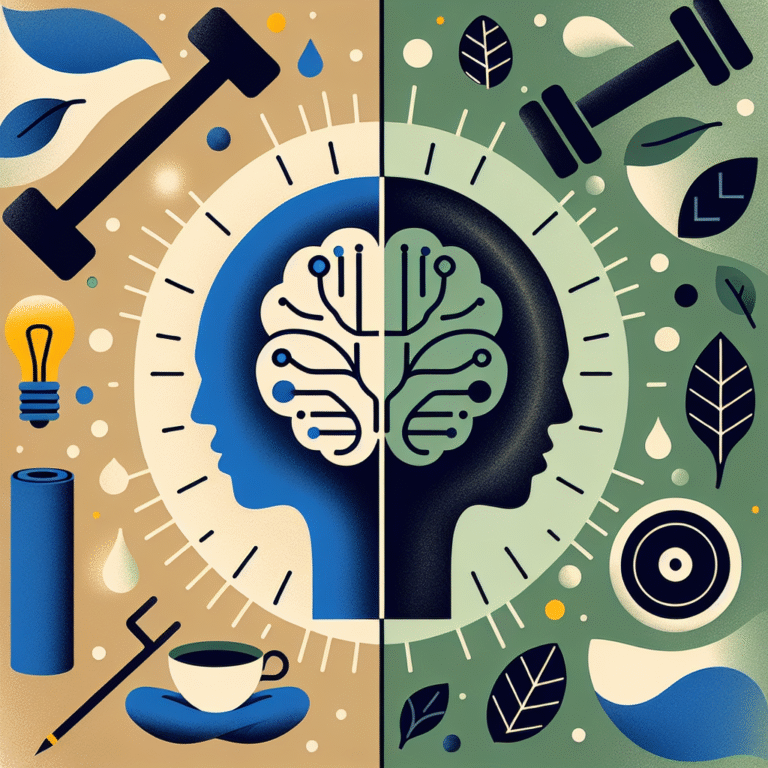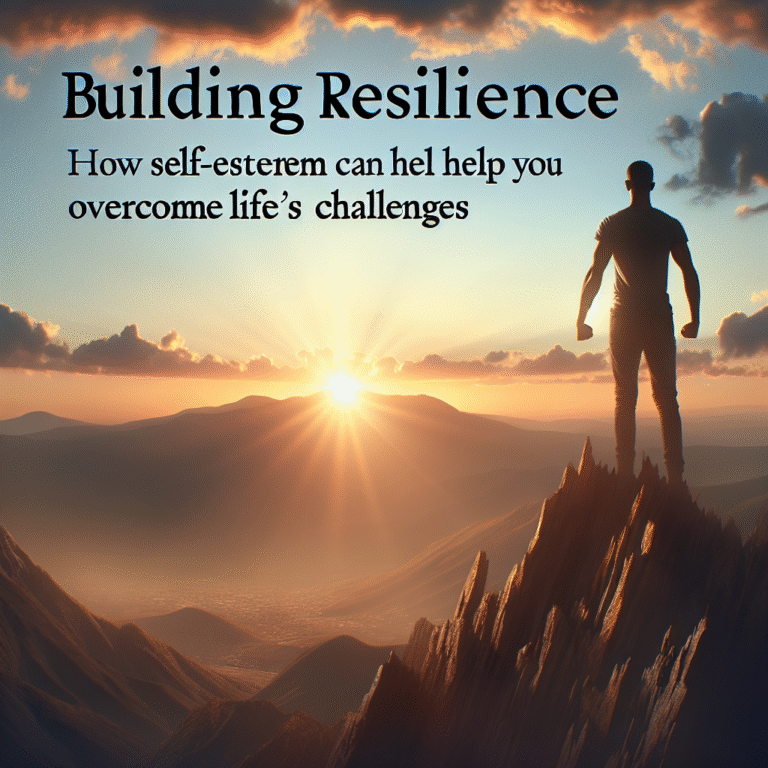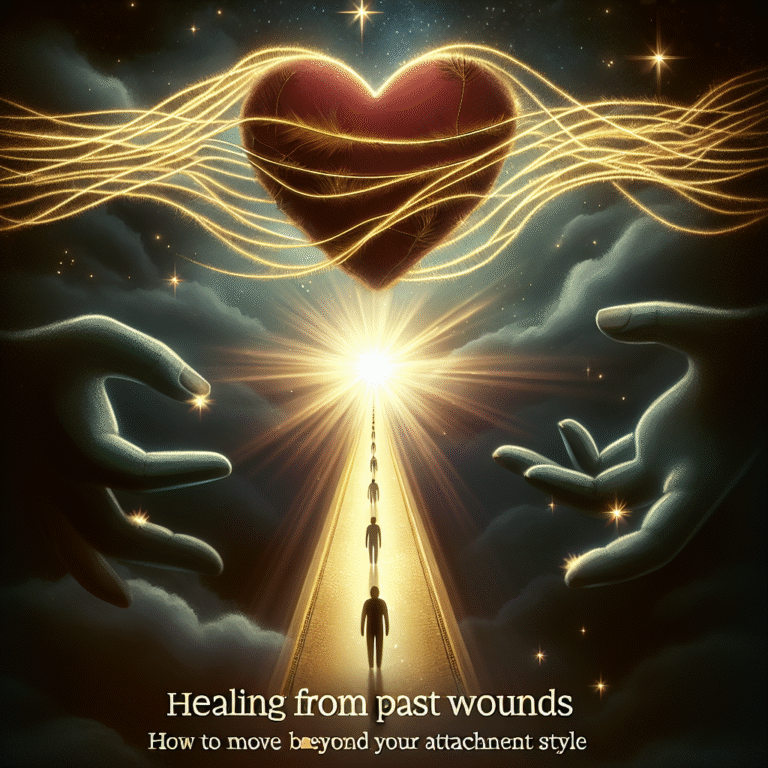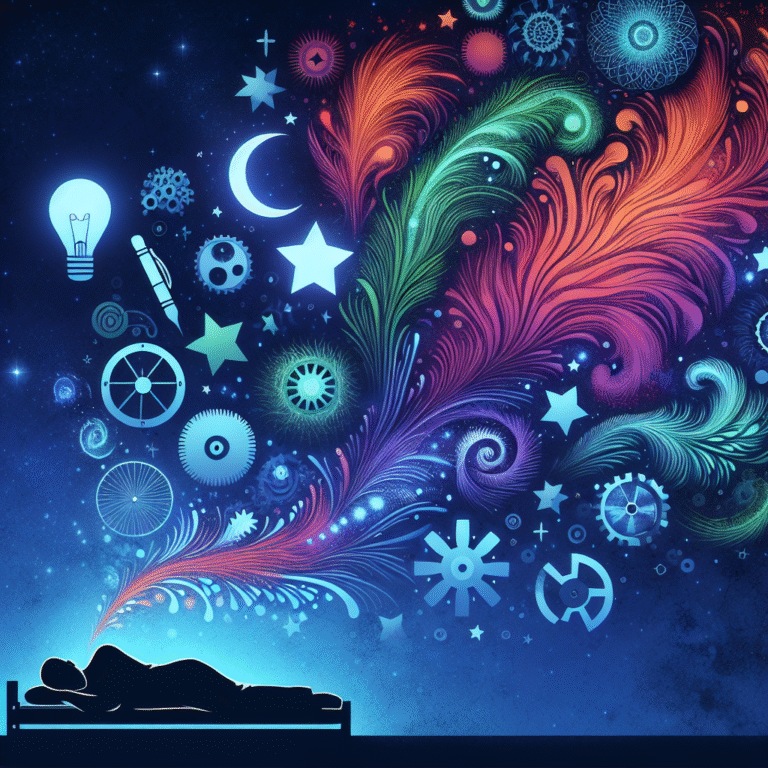
Introduction
In an age overflowing with options, from choosing a breakfast cereal to selecting an investment strategy, it’s no surprise that we often feel overwhelmed. The phenomenon of having too many choices—often referred to as "choice overload"—can lead to a condition known as decision fatigue. This article dives deep into Too Many Choices? The Science Behind Decision Fatigue and How to Combat It, exploring its causes, consequences, and strategies to enhance your decision-making prowess.
Understanding Decision Fatigue
Decision fatigue refers to the deteriorating quality of our decisions after a long session of decision-making. Psychologists like Roy F. Baumeister have shown that making decisions depletes our mental resources, similar to how physical exertion can tire out our muscles.
The Mental Toll of Choices
As the number of choices increases, so does the burden on our brains. A famous example is a study conducted by researchers at Columbia University and the University of California, San Diego. They presented consumers with a choice of either six or 24 varieties of jam. Surprisingly, consumers were more likely to purchase jam when presented with a smaller selection. This finding underscores how choice overload can lead to indecision and paralysis.
Case Study: The Paradox of Choice
Barry Schwartz’s book, "The Paradox of Choice," illustrates a critical point: having too many options can lead to anxiety, dissatisfaction, and ultimately, regret. Schwartz suggests that when faced with an overwhelming number of possibilities, we may:
- Feel pressured to make the perfect choice
- Second-guess our decisions
- Experience a lowered sense of satisfaction with the outcomes
This paradox illustrates how Too Many Choices? The Science Behind Decision Fatigue and How to Combat It manifests in our daily lives.
The Science of Decision Fatigue
The Neuroscience Behind It
When we make a decision, our brain engages several cognitive processes. Neuroimaging studies show that areas of the brain associated with emotion, perception, and judgment become active during this process. As we make more decisions, glucose—a key energy source for our brains—depletes, leading to poorer quality decisions over time.
Table 1: Brain Regions Involved in Decision-Making
| Brain Region | Function |
|---|---|
| Prefrontal Cortex | Decision-making and problem-solving |
| Amygdala | Emotional response to choices |
| Parietal Cortex | Integration of sensory information |
Factors Contributing to Decision Fatigue
- Volume of Choices: The absolute number of options impacts fatigue.
- Importance of Decisions: More significant decisions tend to wear us out faster.
- Time Pressure: Limited time to decide increases anxiety.
- Lack of Information: Insufficient knowledge can overwhelm us.
Strategies to Combat Decision Fatigue
1. Simplify Choices
Limiting options is one of the most effective strategies. By reducing the number of decisions you make daily, you conserve mental energy for more significant choices.
2. Create Routines
Establishing daily routines minimizes trivial decision-making. For instance, consider a "uniform" approach to work attire—think Steve Jobs and his black turtleneck. This method conserves mental resources for more substantial decisions.
3. Designate Decision-Free Times
Setting specific times for decision-making can help manage fatigue. By batching decisions (for example, meal planning on Sundays), you can free up mental space for other tasks.
Case Study: Barack Obama’s Wardrobe Choices
Former President Barack Obama famously wore only gray or blue suits to limit decisions about attire. By simplifying his wardrobe, he focused his mental energy on presidential decisions, illustrating how Too Many Choices? The Science Behind Decision Fatigue and How to Combat It can be practical even at the highest levels.
4. Use the Two-Minute Rule
If a decision takes less than two minutes, do it immediately. This practice helps to keep the decision pipeline flowing without draining your mental reserves.
5. Prioritize Decision Importance
Not every choice carries the same weight. Using a simple matrix to categorize decisions can help prioritize:
- High-Stakes: Immediate action required.
- Medium-Stakes: Require consideration but can be delayed.
- Low-Stakes: Easy, quick decisions.
Table 2: Decision-Making Priority Matrix
| Importance Level | Action Needed |
|---|---|
| High-Stakes | Immediate resolution |
| Medium-Stakes | Schedule for later |
| Low-Stakes | Quick choices |
Conclusion
Too Many Choices? The Science Behind Decision Fatigue and How to Combat It reveals that decision-making isn’t just an abstract concept; it has tangible effects on our lives. By understanding the science behind it and implementing strategies to mitigate fatigue, you can lead a more productive and satisfying life.
Takeaway
Start today by simplifying your choices and creating routines. You’ll not only free up mental energy but also improve the quality of your decisions, leading to a more fulfilling life.
FAQs
1. What is decision fatigue?
Decision fatigue refers to the mental exhaustion that results from making too many choices, which can lead to poorer decision quality.
2. How can I reduce decision fatigue in daily life?
You can reduce fatigue by simplifying choices, establishing routines, and prioritizing the importance of decisions.
3. Is decision fatigue only experienced in high-stakes situations?
No, decision fatigue can occur in everyday choices, as even trivial decisions can contribute to mental exhaustion.
4. How does decision fatigue affect productivity?
Decision fatigue can lead to indecision, procrastination, and lower-quality choices, ultimately hindering productivity.
5. Can decision fatigue be reversed?
Yes, by implementing strategies such as simplifying choices, creating routines, and prioritizing decisions, you can effectively combat decision fatigue.
By recognizing the impact of decision fatigue and taking proactive steps, you can reclaim control over your decision-making processes and enhance your overall well-being.
















